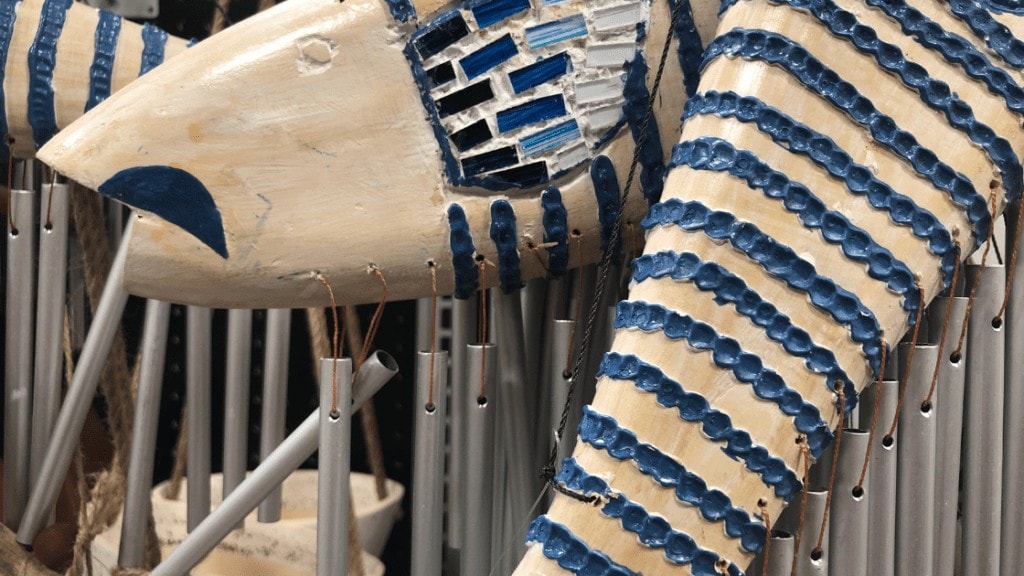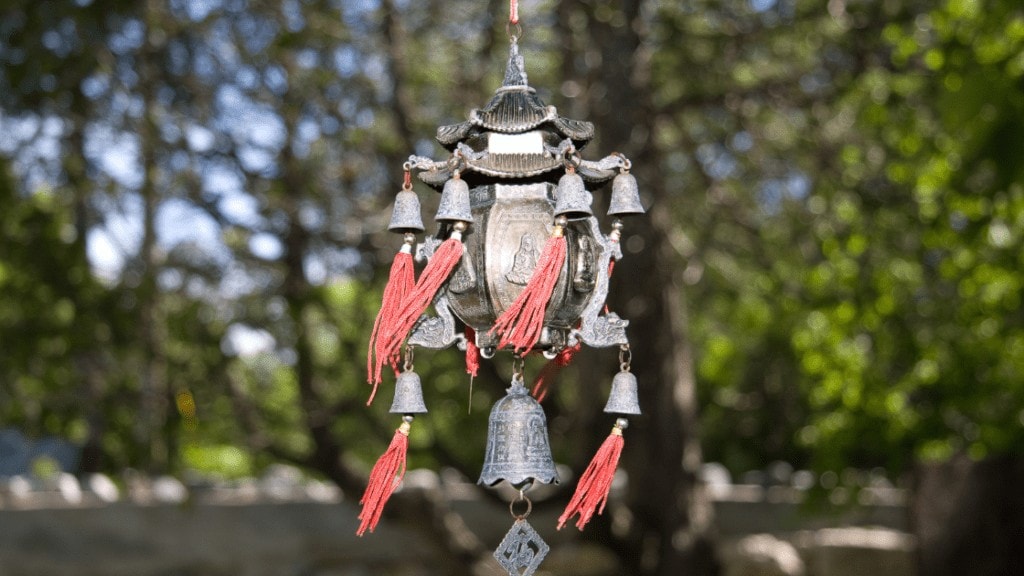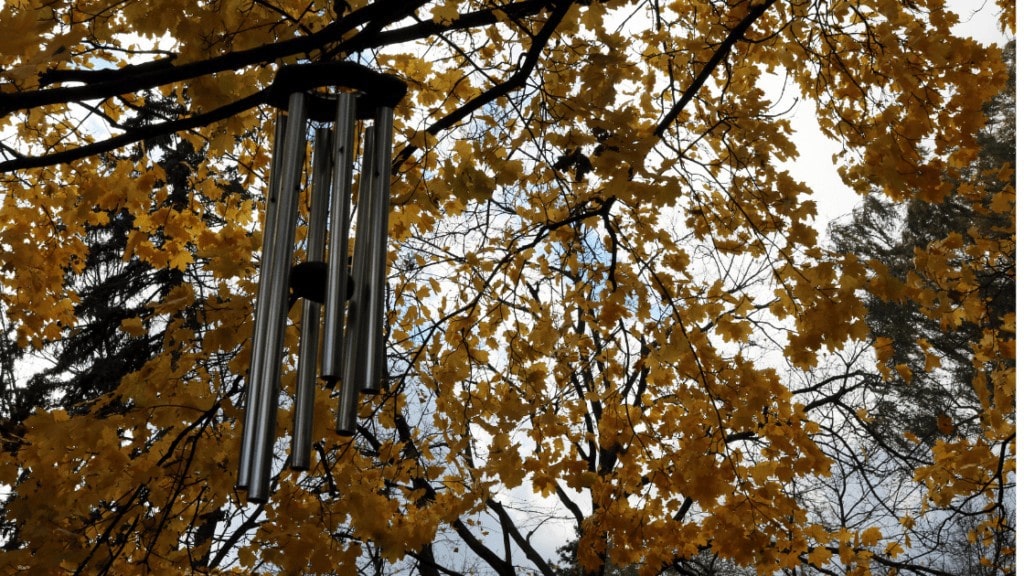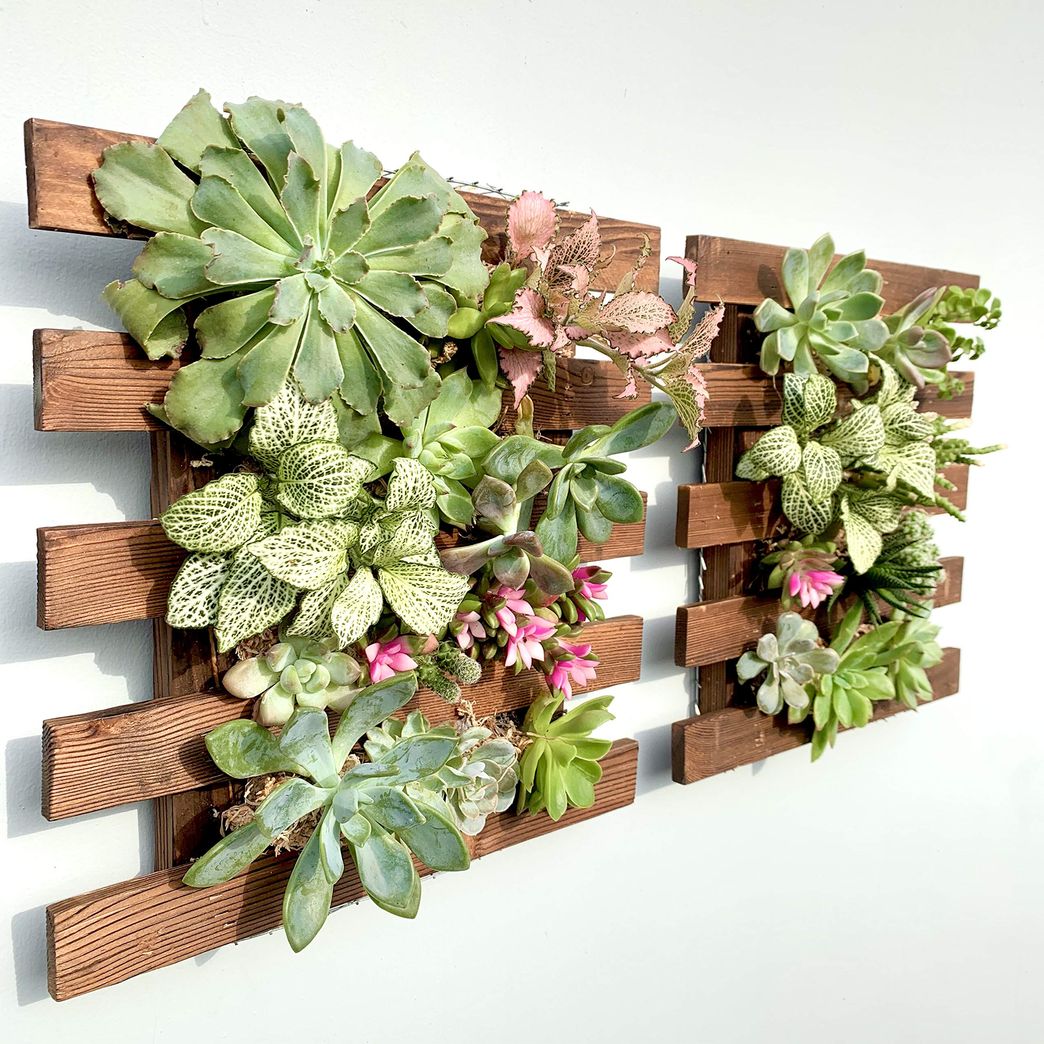
You can hear them everywhere, they relax us without us noticing and with a simple tinkle of bells, they manage to teleport us to the summer nights on the porch of our childhood that we didn’t even think we remembered. What am I talking about? Well, nothing more and nothing less than the magic and enchanting wind chimes.
If we look up the meaning of wind chimes in Wikipedia, we will surely find a complex definition about a set of metal or wooden tubes or rods that are hung in suspension and that emit different types of sounds when the wind moves them. This would be the simplest way to define a wind bell, but it would be neither the most adequate nor the fairest, since this small ancestral instrument has a much more important function than to wobble in the air and tinkle.
There is no doubt that wind chimes are decorative, and they have been in use for centuries in our civilization, having as their main objective to decorate the homes of those who possess them and to fill us with harmony through their angelic sounds. There are cultures that call the sound that these bells emit as “white noise”, because they consider that it breaks with all the noise in the environment of a place and fills it with harmony and peace.
Browse our Affiliate Products
Now, since when have wind chimes been in the homes of families around the world? How did they come to the West? And why is it believed that they have magical powers? All these questions and many others will be answered below, so that all those who are curious and want to know more about this precious object will be able to find out.
What is the purpose of wind chimes?
Keep reading!
History of the wind chimes

Although for us today wind chimes are a common decorative element, this was not always the case. It is believed that the first wind chimes date back thousands of years before Christ, since the first remains found during an archaeological expedition in Southeast Asia determined that these first chimes were made from animal bones and seashells. This indicates that the human being already believed in the power of this object and began to intuit that the sounds emitted by those bells had some supernatural power.
However, it was not until 1100 BC that the Chinese civilization perfected the technique of building wind chimes and developed what is considered today the first wind bell in history, which is completely made of ancient bronze and acquired the name Fenglings.
Although the Chinese were the first promoters of wind bells and who gave them their most spiritual function, it was from the nineteenth century along with the opening of borders and the abundance of boat trips that this function crossed the oceans, bringing the wind bells to the homes of all inhabitants of the planet, although most of those who bought them had no idea what their true function was and only hung them as a decorative element of their homes and gardens.
Sacred Sounds

The Chinese began to attribute mystical powers to wind-bells because of so characteristic sounds that they emitted, since according to the material and grandaria of the rods that form them, they are able to emit from very acute and sweet sounds to low sounds almost imperceptible to the human ear.
In the beginning, the Chinese began to hang bells on the doors of all their temples, sanctuaries, caves or places of worship where they believed it was necessary to purify the environment and protect it from bad vibrations. For them, the sound that the bells emit has the spiritual function of keeping the bad spirits away, so it is not surprising to see these objects always surrounded by altars or candles that seek to reinforce that function of purification, worship and peace.
Weather warnings

Wind chimes were also used to detect weather changes, since before the arrival of smartphones and mobile applications that give us the weather forecast of the whole world with just a click, people could only know that a tornado was coming if they saw it close by; which was not very practical, really.
Therefore, wind chimes began to be used to detect sudden wind changes that indicated a storm was approaching. They were also widely used by boat owners and farmers who needed to determine exactly what the wind direction was and when the next big storm was going to be.
Protection
Both in ancient times and now, wind chimes have been used as a protective amulet to chase away evil spirits, which is why they were always placed on the front doors of houses to prevent bad luck from entering them.
On the other hand, farmers also use them as protection against pests and birds, since the tinkling sound produced by their rods causes them too much stress to walk away and not try to peck at the crop again.
Types
The types of wind chimes that are currently available are infinite, and they can be made of a wide variety of materials: bamboo, metal, glass, ceramic, wood, bronze, etc. Formerly the musicality that emitted these bells depended on the bell that hung in the center of the set of rods, which could be more or less in tune and always produced a different sound depending on the material with which it was manufactured.
Nowadays, most of the bells sold are made of metal and are perfectly tuned in different tones, allowing people to choose the sound they will emit whenever the wind hits them. This musicality is important for some cultures, such as the Japanese or Hawaiian, which have musical rites with a very specific tone.
Decorative Uses
Nowadays, the main function that all people, especially those living in the West, have given to wind chimes is to decorate their houses. The most common thing is to find them hanging on the entrance doors of the houses, so that when they are opened, they ring and warn us that someone has arrived. It is also common to see them in gardens and porches, as the breeze will rock them and make their music relax us and envelop us in an atmosphere of peace.
Conclusion
In conclusion, wind chimes are a small percussion instrument that despite having been in our civilization for thousands of years, there are still many who do not know them and ignore their history and their true function for people’s homes. This shows once again that many objects, just because they are beautiful, become mere decorative elements of our homes without us worrying about their origin and usefulness.
Having a wind chime on the door of our house can be much more than a simple rod that emits beautiful sounds. Don’t wait any longer to get to know them and see their magic!









